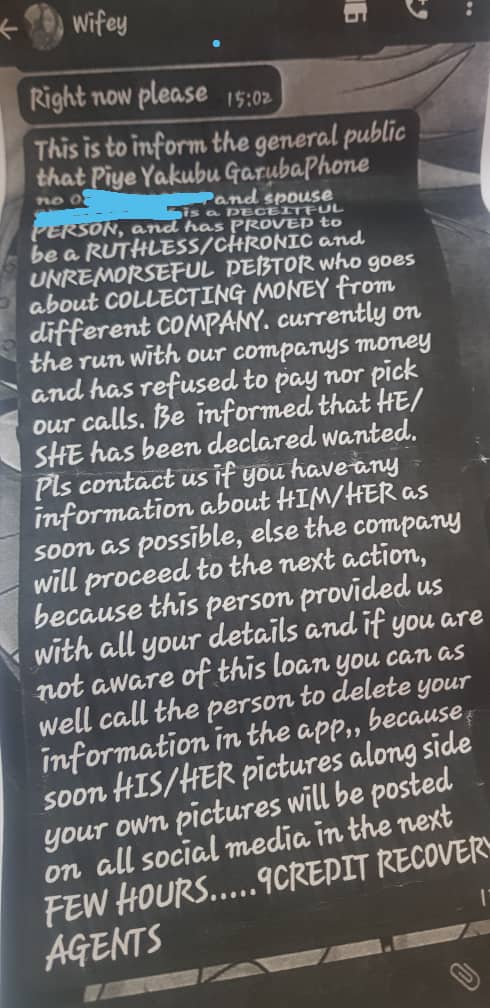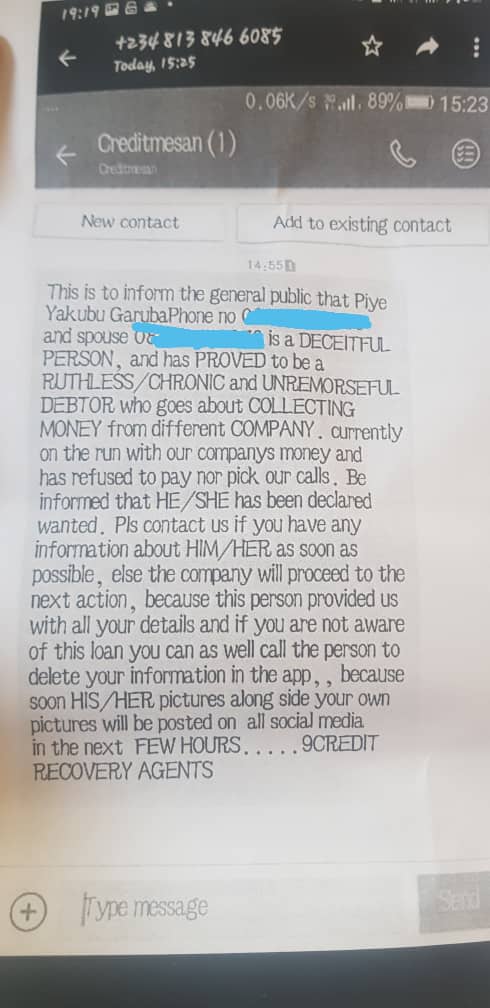Ooredoo Q P S C : Enhances Managed Security Portfolio with Additional New Services in Collaboration with Leading Providers
Updated Portfolio Positions Ooredoo as Regional Leader in Managed Security Services
Doha, Qatar
Ooredoo has announced it has recently enhanced its Managed Security Services (MSS) portfolio for its enterprise customers, combining threat detection, incident response, localisation of secured data and compliance management to protect business customers from emerging cyber threats.
Ooredoo’s updated MSS portfolio adopts a three-pronged approach across people, process and technology to stay ahead of ever-evolving cyber threats. The updated MSS product range comprises a localised 24×7 Security Operation Centre, DDoS Mitigation Services, Cloud Internet Security, WAF as a Service, Data Loss Prevention, Endpoint Detection and Response, Managed Firewall and Vulnerability Management, among others.
Ooredoo’s suite of security products and consulting services under the MSS umbrella – powered by a combination of security experts, next-generation technology and world-class partners – is entirely flexible, ensuring business customers can prepare and adapt their security to the threat landscape.
The ICT leader’s business customers can gain access to this fully managed, end-to-end suite of security services driven by Big Data Analytics, Artificial Intelligence and Machine Learning, enabling them to protect their public, hybrid and private clouds by monitoring, proactively hunting, containing and responding to threats 24/7.
Sheikh Nasser Bin Hamad Bin Nasser Al Thani, Chief Commercial Officer at Ooredoo, said: “Security is a core component of IT-led transformation, which will play a key role in the delivery of the ambitious Qatar National Vision 2030 and the successful hosting of FIFA World Cup Qatar 2022™. It is extremely critical to have a multi-layered security framework for the success of the major IT-led Initiatives, referred to ‘Defence in Depth’, which rely on security controls throughout ICT including operational technology and critical infrastructure.”
“Given the local requirements for compliance in Qatar alongside the global challenge for managing security, Ooredoo offers end-to-end managed security services…




